
起爆理论与技术(英文版)(Initiation Theory and Technology)
现货 实物拍摄品相如图 内有部分划线或字迹
¥ 5 1.6折 ¥ 32 九品
仅1件
北京昌平
认证卖家担保交易快速发货售后保障
作者严楠 著
出版社北京理工大学出版社
出版时间2007-05
版次1
装帧平装
货号H20302
上书时间2024-11-30
- 在售商品 暂无
- 平均发货时间 5小时
- 好评率 暂无
- 店主推荐
- 最新上架
商品详情
- 品相描述:九品
图书标准信息
- 作者 严楠 著
- 出版社 北京理工大学出版社
- 出版时间 2007-05
- 版次 1
- ISBN 9787564012571
- 定价 32.00元
- 装帧 平装
- 开本 其他
- 纸张 胶版纸
- 【内容简介】
- 《起爆理论与技术(英文版)(InitiationTheoryandTechnology)》是关于含能材料起爆技术的英文版读物,主要介绍炸药、火药、烟火药的起爆理论与技术,包括将各种不同刺激能量形式如机械能、电能、光能、冲击波能、热能等转换成点火或起爆的换能技术,以及各种换能系统的组成、结构、作用原理和设计考虑的起爆应用技术。本书可作为相关专业的本科生和研究生的专业英语教材及双语教学教材。
- 【目录】
-
Chapter 1 Initiation by Heat
1.1 Concept and Classification
1.2 Thermal Ignition Theory
1.2.1 Ignition Theory in Solid
1.2.2 Ignition Theory in Gas
1.2.3 Ignition Theory in Heterogeneous Phase
1.3 Application of Initiation by Heat
1.3.1 Flame or Spark Initiato
1.3.2 Output of Prime
1.3.3 Hot Bridgewire Initiato
Exercises
Chapter 2 Initiation by Mechanical Stimuli
2.1 Concept and Classification
2.2 Initiation Mechanism
2.2.1 Initiation by Impact or by Percussion
2.2.2 Initiation by Friction
2.2.3 Initiation by Stab
2.3 Application of Mechanical Initiation
2.3.1 Percussion Initiato
2.3.2 Stab Primer or Stab Detonator
2.3.3 Energy-Power Relatiohip
Exercises
Chapter 3 Electric Initiation or Initiation by Electric Power
3.1 Concept and Classification
3.2 Initiation Mechanism
3.2.1 Electrothermal Initiation
3.2.2 Electric Spark Initiation
3.2.3 Conductive Mixture Electric Initiation
3.2.4 Electrical But Initiation
3.3 Application of Electrical Initiation
3.3.1 Hot Bridgewire Electric Initiato
3.3.2 Electric Spark Gap Detonator
3.3.3 Conductive Mixture Electric Detonator
3.3.4 Other Electric Initiato
Exercises
Chapter 4 Laser Initiation Theory
4.1 Concept and Classification
4.1.1 Concept of Laser Initiation
4.1.2 Background for Laser Initiation
4.1.3 Advantages of Laser Initiation Systems
4.2 Laser Ignition Energy Traform Mechanism of Energetic Materials
4.2.1 Laser Ignition of Explosive
4.2.2 Laser Ignition of Pyrotechnics
4.2.3 Pyrotechnic Laser Ignition System Design
4.2.4 Mechanisms for Laser Ignition of Pyrotechnics
4.3 Application Technology
4.3.1 Literature Review
4.3.2 Laser Diode Ignition
4.3.3 Laser Detonator
4.3.4 Laser Ignited Actuator
Exercises
Chapter 5 Flayer Initiation Theory
5.1 Concept and Classification
5.2 Acceleration Theory of Fragments
5.2.1 Gurney Flayer Acceleration Model
5.2.2 Effective Charge in Gumey Model
5.2.3 Flyer Impulse Estimation
5.2.4 Gurney Data for Explosives
5.2.5 Accelerated Flyer Electric Gumey by Electric But
5.2.6 Flyer Initiation Criterion
Exercises
Chapter 6 Initiation Theory by Shock
6.1 Concept and Classification r
6.1.1 Shock
6.1.2 Deflagration
6.1.3 Detonation
6.2 - Initiation Theory
6.2.1 Shock Theory
6.2.2 Detonation Waves
6.2.3 Traition from Deflagration to Detonation
6.2.4 Actual Detonation
Exercises
Chapter 7 Exploding Bridgewire and Exploding Foil Initiation Theory
7.1 Concept and Classification
7.1.1 Exploding Bridgewire (EBW) Detonator
7.1.2 Exploding Foil Initiato (EFI)
7.2 Electric But Characteristics of EBWs
7.2.1 Explosion of the Bridgewire
7.2.2 Detonation of Initial Pressing
7.2.3 Effects of Cables
7.2.4 Function Time of EBWs
7.3 Electric But Characteristics of EFIs
7.3.1 Electric But Characteristics of EFIs
7.3.2 Flyer Acceleration Characteristics in Electric But Process
7.4 Application Technology
7.4.1 Typical Chip Slapper Detonator Design
7.4.2 New Slapper Design
7.4.3 Typical EFI Igniter Design
7.4.4 A Typical EFI Ignition System
Exercises
Chapter 8 Semiconductor Bridge Initiation Theory
8.1 Concept and Classification
8.1.1 Concept
8.1.2 Classification
8.1.3 Brief Description of SCB Technique Development
8.1.4 SCB Production Process
8.2 General Initiation Mechanism
8.2.1 SCB Ignition Features in Comparison with HBW
8.2.2 Characteristics of Electric But Process
8.2.3 Characteristics of Electrothermal Performance
8.2.4 Interface Design of the SCB with Energetic Material
8.3 SCB Ignition Features of Different Energetic Material
8.4 Characteristics of SCB Plasma
8.4.1 Experimental Arrangement
8.4.2 SCB Phase Traition Observed
8.4.3 Temporal Evolution of SCB Plasma Appearance and Emission Inteity
8.4.4 SCB Plasma Fluid Characteristics
8.4.5 SCB Plasma Temperature Characteristics
8.5 Comparison of Plasma Generation Behavio Between Single-SCB
and Poly-SCB
8.5.1 Experimentation
8.5.2 Comparison of Electrical But Characteristics Between Two-type
SCB Devices
8.5.3 Finite Element Analysis for Heating of Two-type SCB Devices
8.5.4 Theoretical Modeling for Thermal Structures of Two-type SCB Devices
8.6 Reactive SCB--A New Technique
8.6.1 Challenge Agait the Conventional SCB
8.6.2 Reactive SCB Technology
8.7 Next Generation SCB Initiato
Exercises
References
点击展开
点击收起
— 没有更多了 —






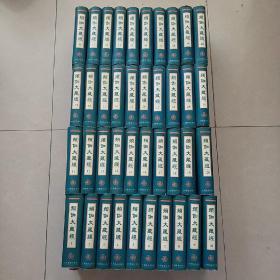


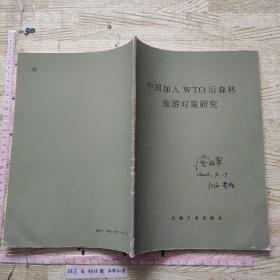
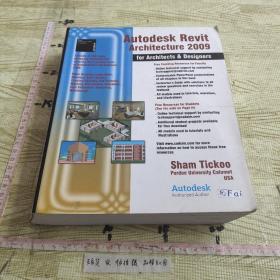
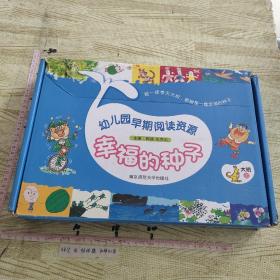

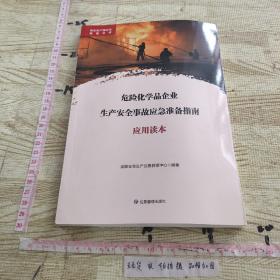



以下为对购买帮助不大的评价